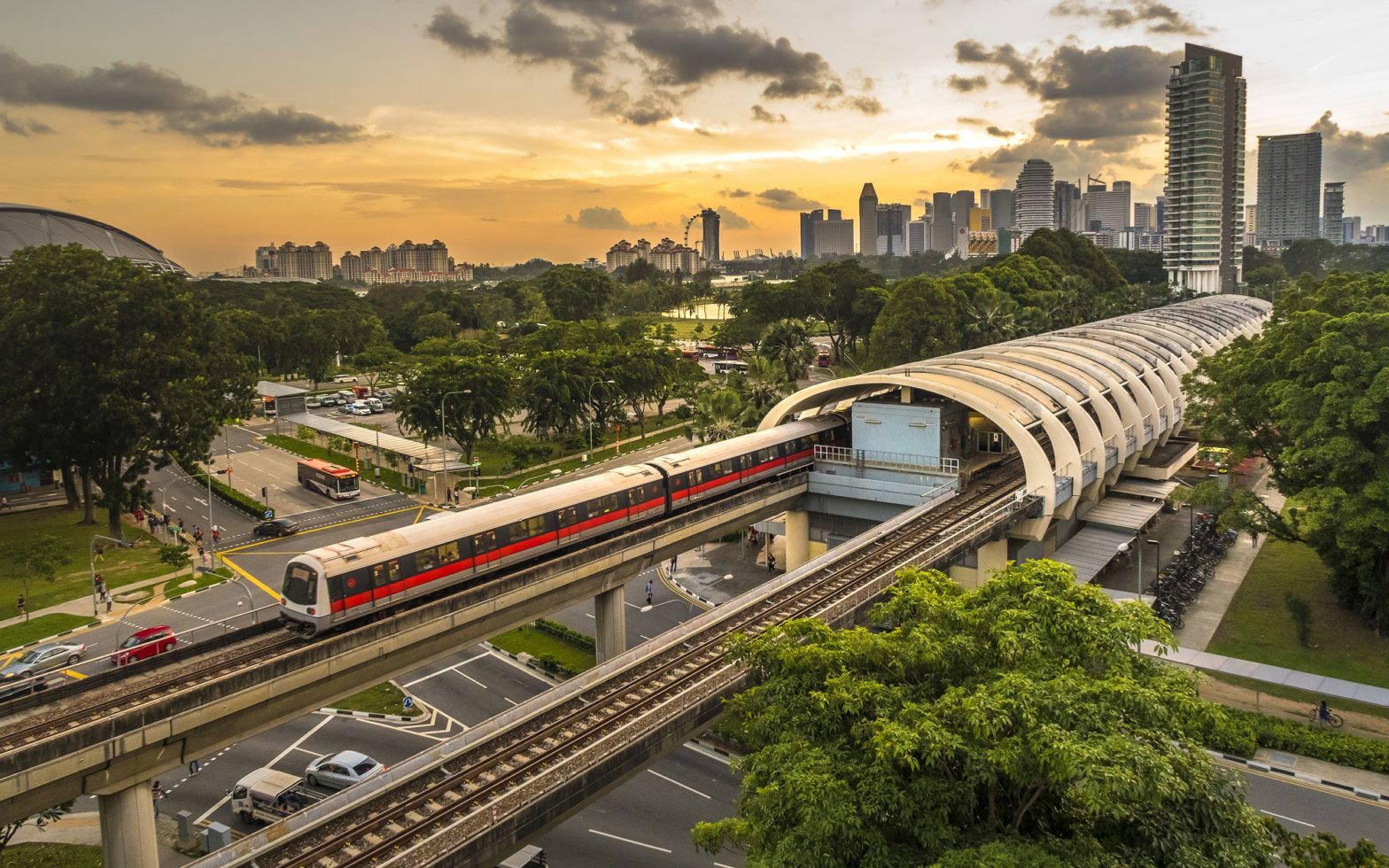
Photo: Kuhnmi (Flickr)
How cities can integrate data to make transit more appealing
21 November 2022
Following participation at the recent Cities Today Institute City Leadership Forum in Madrid, Tobias Franke, Senior Manager at PwC, talks about how cities can integrate data to make public transport more appealing.
How can cities make public transport more attractive?

The key to a successful, attractive and widely used public transport is to meet the needs of your citizens, but identifying and understanding your citizens’ mobility needs can be a massive challenge. We believe that powerful technologies like data analytics and artificial intelligence hold big opportunities for cities to learn more about people’s mobility and travel behaviour.
The main reasons why people choose individual transport over public transport are flexibility and availability. If cities want to make public transport more attractive to a larger number of people, they have to meet their needs and outperform other mobility options.
How important is data in optimising public transport?
In order to optimise public transport offerings, we need to understand what our citizens want and need. Data is key to achieve this transparency about demand. More importantly, the quality of the data is decisive on how much transparency can be created with regard to demand. Surveys and ticketing data are a good start, but not enough in terms of modality-coverage and accuracy. We need a solid and validated database with information from various data sources to gain value-added insights and have a well-founded basis for decision-making in optimising public transport.
One way to improve the quality is to make use of various data sources such as people-counting sensors, intelligent cameras or advanced smartphone-sensor-based analytics. By analysing the movement behaviour of the travellers in terms of modality use, dominant routes, starting and destination points, public transport providers can then improve their offerings, infrastructure planning and scheduling to meet demand.
Is open data synonymous with trust?
Data is open if anyone is free to use, re-use or redistribute it. The advantage of such data accessibility is that it gives clarity about where and how data was collected. Such transparency about data collection methods creates trust with citizens because they know where the data comes from. But to continuously build trust with different stakeholders also requires decision-makers to act on the implications such data has for stakeholders’ wellbeing. For that, data needs to be validated, analysed and transformed into meaningful insights. Only then can it be used for further causes and serve its purpose.
To still maintain the gained trust throughout the analysis process, dedicated communication strategies regarding the significance of high-quality data can be educational and stabilise the given trust. This means that open data can be one step to create trust regarding data collection methods, but it needs to be maintained throughout the entire data evaluation and analysis process.
Can incentives play a role in encouraging people to use public transport?
Incentives certainly have the potential to play an important role in making public transport more attractive. Probably the most commonly used ones are monetary incentives. The so-called ‘€9 ticket’ in Germany showed that the combination of cheap ticket prices and high fuel prices was a big incentive for people to use public transport. Seventeen percent of €9 ticket users switched from other means of transport such as car, bicycle, etc. to public transport in August 2022 and 10 percent substituted at least one of their daily car trips.
Austria introduced the “KlimaTicket” in 2021, enabling citizens to use all kinds of public transport for €1,095 a year. London introduced the Congestion Charge in 2003 for people who wanted to drive into the city by car. All of those incentives resulted in higher passenger numbers.
Besides monetary incentives, which have been showing great impact, there are other kinds of incentives as well. One option is to provide people with meaningful information which they are interested in – for example, visualising one’s personal carbon footprint within a city’s public transport app. The aim is to show ways to reduce their own environmental impact through using public transport or bikes instead of e.g. a car.
In general, an incentive should lead to an advantage for people and if they can see real improvement, it can also shift behaviour.









